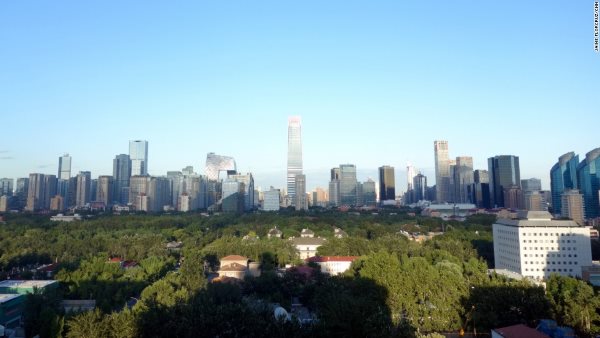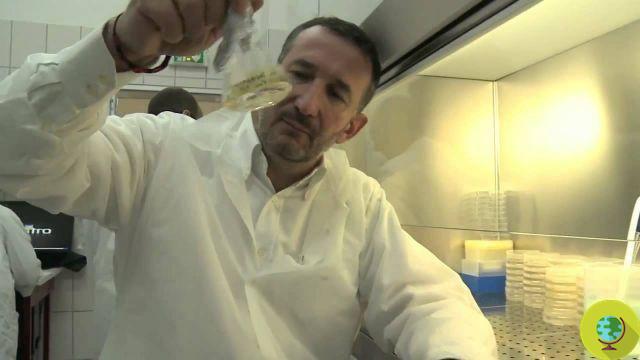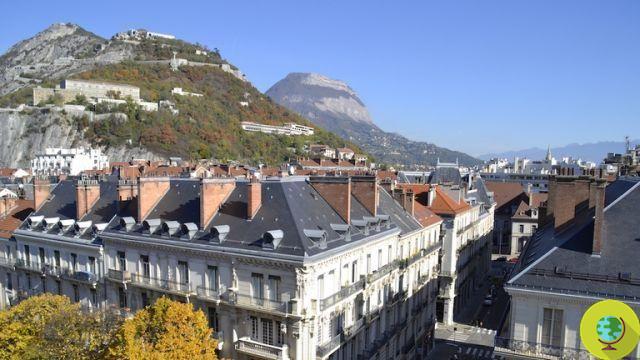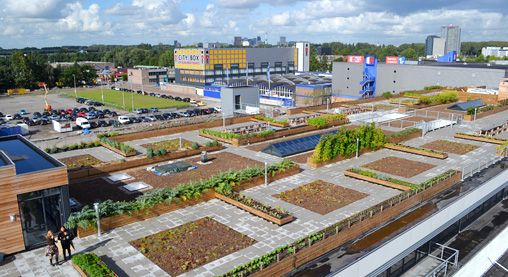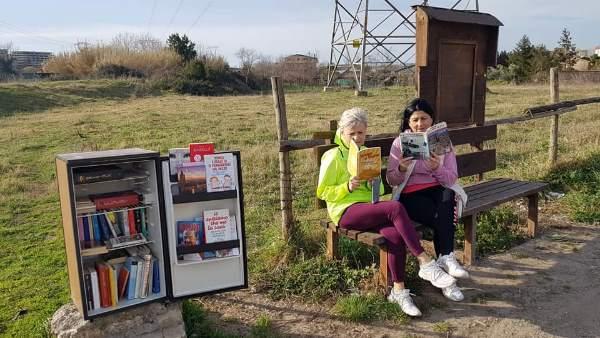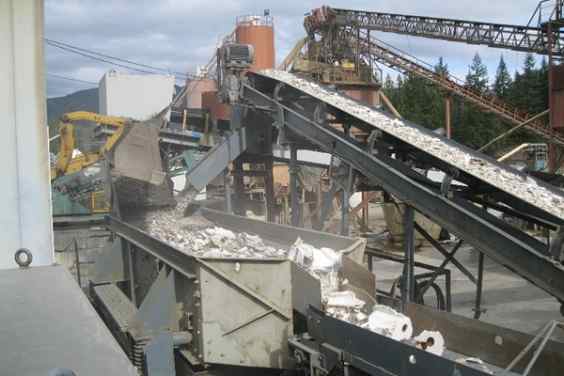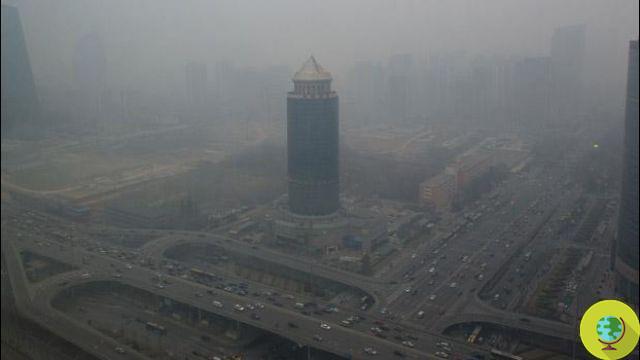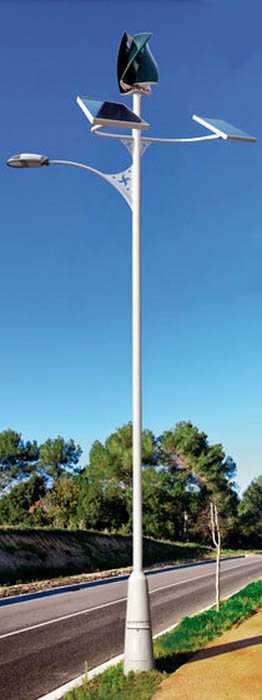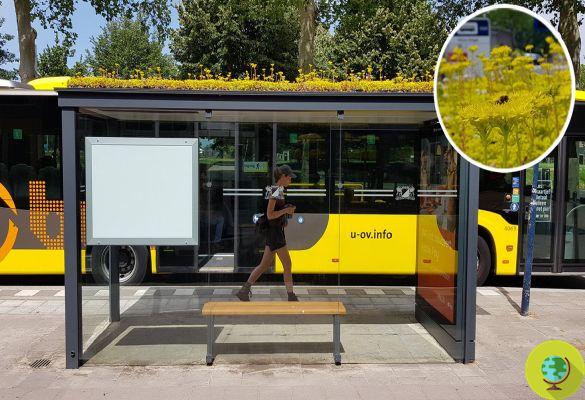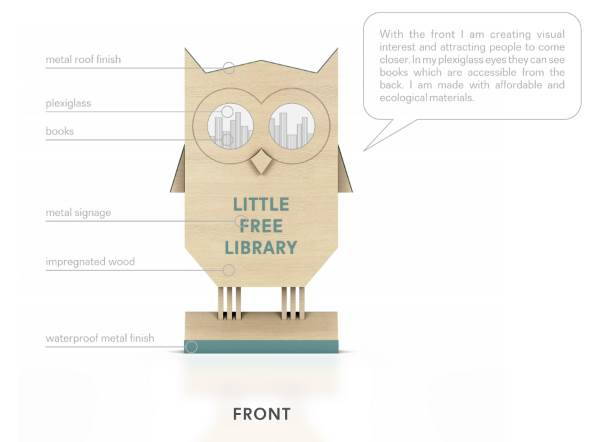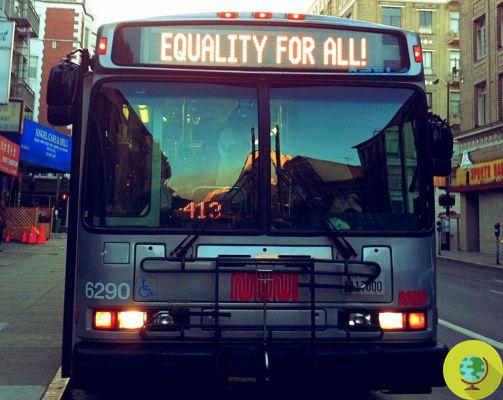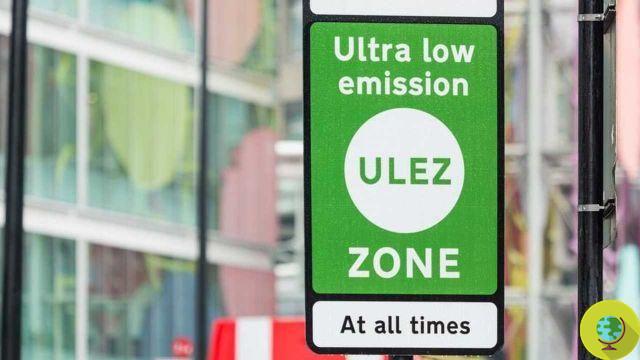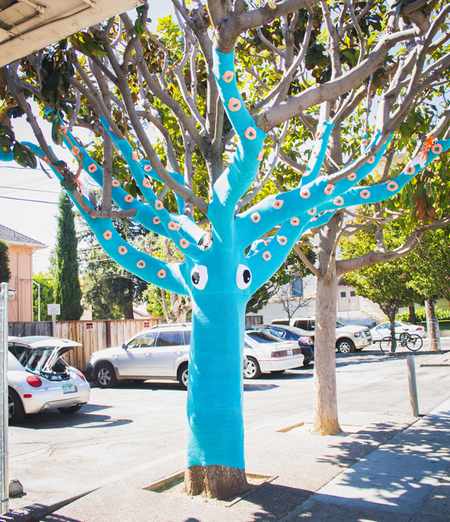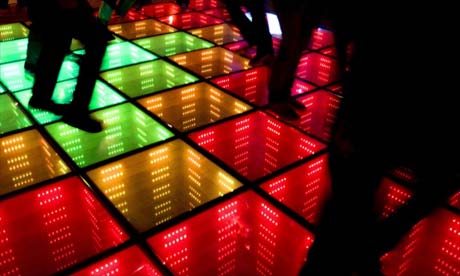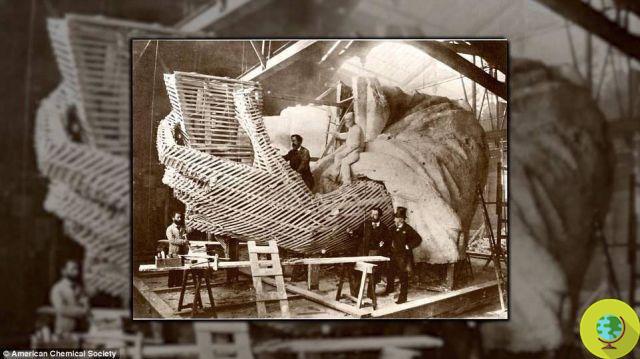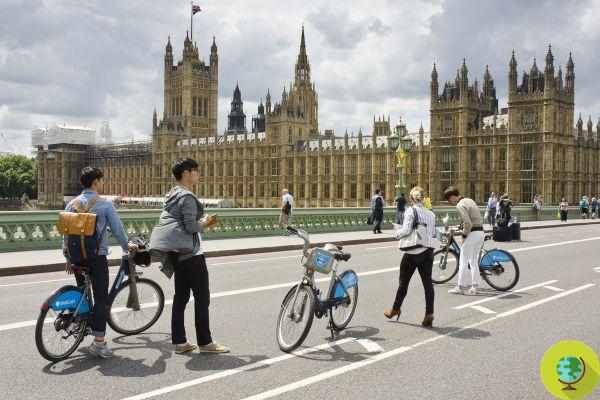
London's busiest streets have been banned from car and motorcycle traffic since 18 May and returned to pedestrians and cyclists
He is about to end up run over, his mother saves himA real revolution is going through the British capital at the time of the coronavirus. From 18 May the busiest streets in London cars and motorcycles have been banned and have been returned to pedestrians and cyclists.
The gradual return to normality will necessarily have to go through a change in travel to ensure social distancing on the public transport network, as restrictions are eased. According to the city authorities, this will require a monumental effort on the part of all Londoners, which will have to use the efficient metro and bus lines only when necessary, as a last resort. The alternative? Walking or cycling.
But to do this, citizens must have safe and car-free roads available. For this reason the largest car-free area in the worldor. Announced in recent days by London Mayor Sadiq Khan and Transport for London (TfL), the area is literally transforming central London into one of the largest car-free areas of any capital in the world.
The absence of cars will not only ensure distance but will also help improve air quality, allowing millions of people to move around safely while leaving their cars at home.
Since May 18, some streets have become fully pedestrian and cycle-friendly while others will be limited to all traffic other than buses. For example, the area between London Bridge and Shoreditch, Euston and Waterloo and Old Street and Holborn will only be accessible on foot, by bike or by bus, and soon also by zero-emission taxis.
“TfL is working closely with those districts who are keen to do more to make changes to their streets in the coming days and weeks. Over the past week alone, TfL has added around 5.000 square meters of extra space to London's streets, giving people space to walk safely and queue for local shops while maintaining social distances. Work has begun on the first temporary bike path along Park Lane, where the speed limit will also be reduced to 20 miles per hour to reduce road hazards ”, reads the official statement.
Over half a million people work in the City, the economic center of London, and changes to historic streets will also be made.
Sadiq Khan, the Mayor of London, explained:
“Covid-19 represents the biggest challenge to London's public transport network in TfL's history. It will take a monumental effort by all Londoners to maintain safe social distances on public transport as blocking restrictions are gradually eased. This means that we need to keep the number of people using public transport as low as possible. And we can't see previous journeys made on public transport replaced with car use because our roads would immediately be blocked in an unusual way and toxic air pollution would rise. We will need many more Londoners walking and pedaling to make this work. That's why these plans will transform parts of central London to create one of the largest car-free areas of any capital in the world. "
JUST ANNOUNCED: our plans to make central London one of the largest car-free zones in any capital city in the world, increasing walking and cycling and improving our air quality.
London's road to recovery cannot be clogged with cars. https://t.co/31Ym0OBF9q
— Sadiq Khan (@SadiqKhan) May 15, 2020
According to the Prime Citizen, if you want to make transport in London safe and keep the city globally competitive, the only option is to quickly reuse London's streets for people:
“Ensuring that the recovery of our city either ecological, we will also address our toxic air, which is essential to ensure we do not replace one public health crisis with another "
City authorities confirmed that a unprecedented decline in traffic levels. This has also led to a reduction in pollution. The Mayor's air quality program had already contributed to a 44% reduction in nitrogen dioxide on central London streets between February 2017 and January this year but following the announcement of travel restrictions related to the coronavirus, traffic levels on TfL roads have dropped further by 60%, and nitrogen dioxide has decreased by about 50% on some of the busiest roads in the city. But today traffic and pollution are starting to grow again.
"In recent weeks, the capital has become a greener and cleaner place and we are determined to keep it that way."
During the pandemic, the public transport company managed to guarantee up to 6% o of metro services and more than 80% of bus services but with the obligation to maintain a distance of 2 meters, TfL will be able to carry only 13-15% of passengers on the Tube and buses even when the entire service is fully operational again.
A real revolution that, we hope, can be taken as a model by other cities in the world.
Sources of reference: London.gov
READ also:
- Vauban, the city becomes car free!
- A whole week without a car. The great challenge of Paris
- Pontevedra, the car-free Spanish city






